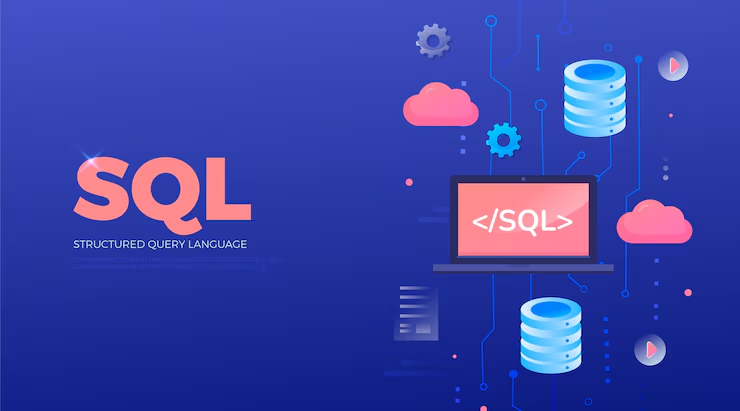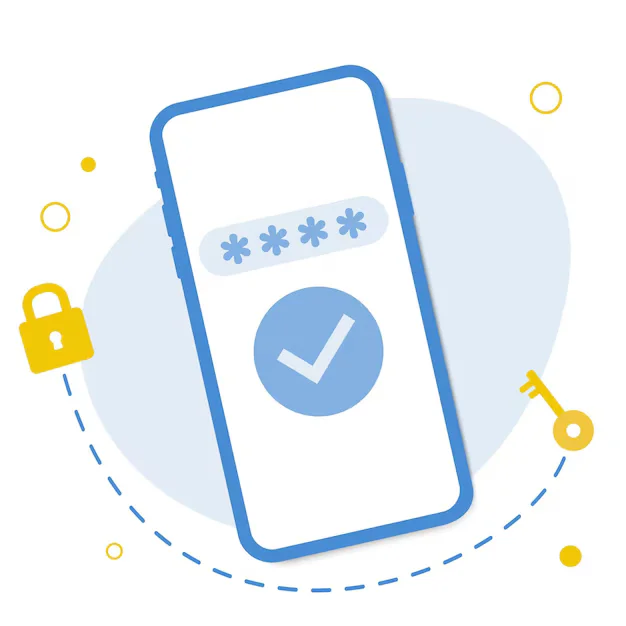PHP is one of the most popular server-side scripting languages, and PostgreSQL is a powerful, open-source relational database known for its performance, scalability, and advanced features. When combined, they offer a robust and flexible foundation for building modern, data-driven web applications.
While PHP is often paired with MySQL, many developers are turning to PostgreSQL for its support for complex queries, data integrity, and extensibility. Learning how to connect PHP with PostgreSQL is a valuable skill for developers seeking advanced data handling and enterprise-grade reliability.
Why Choose PostgreSQL Over Other Databases?
Before diving into the connection process, it’s worth understanding why PostgreSQL is an excellent choice for PHP developers:
- ACID-compliance for reliable transactions
- Advanced data types (arrays, JSONB, UUID, hstore)
- Full-text search capabilities
- Concurrency support without read locks
- Strong community and continuous development
- Cross-platform compatibility
These features make PostgreSQL ideal for complex, high-performance applications in industries like finance, healthcare, and e-commerce.
Tools to Connect PHP with PostgreSQL
PHP offers multiple ways to connect and work with PostgreSQL databases. Understanding your options helps choose the most suitable one for your project:
1. pg_connect (Native PostgreSQL Extension)
This is the built-in method in PHP for direct communication with PostgreSQL using low-level functions. It’s lightweight but requires more manual setup and maintenance.
2. PDO (PHP Data Objects)
PDO is a database access abstraction layer in PHP that supports multiple database systems, including PostgreSQL. It’s highly recommended for secure and flexible database interaction, especially if you might switch databases in the future.
3. Framework Integration (e.g., Laravel, Symfony)
Modern PHP frameworks provide built-in support for PostgreSQL. They offer higher-level abstractions like query builders and ORM (Object Relational Mapping), which reduce the need for manual query handling.
Preparing Your Environment
To connect PHP with PostgreSQL successfully, your server must be properly configured. Here’s what you need to ensure:
- PostgreSQL server installed and running
- PHP installed with PostgreSQL support
- Database user credentials and connection string
- Firewall or access control configuration for remote databases (if applicable)
Check that PHP includes PostgreSQL extensions like pdo_pgsql or pgsql by reviewing your phpinfo() or running command-line checks.
Connection Security Best Practices
When connecting PHP to PostgreSQL, security should be a priority:
- Use strong database credentials and avoid hardcoding them in your main PHP files.
- Limit user privileges in the PostgreSQL database to only what’s necessary.
- Enable SSL connections for encrypted communication between PHP and the database, especially for remote connections.
- Use prepared statements or parameterized queries to prevent SQL injection.
These practices ensure your application stays secure and your data remains protected.
Performance Considerations
To maintain optimal performance in your PHP-PostgreSQL integration:
- Use persistent connections wisely to reduce overhead.
- Optimize queries using PostgreSQL’s powerful indexing and EXPLAIN ANALYZE tools.
- Implement query caching in PHP where possible for read-heavy operations.
- Avoid loading unnecessary data; always use
LIMITand selective fields.
When scaling your application, PostgreSQL’s robust features — including connection pooling and replication — will keep your app responsive and stable.
Use Cases of PHP with PostgreSQL
Many modern businesses and developers use PostgreSQL with PHP to power:
- Healthcare record systems that need complex data types and strong integrity
- Financial applications requiring reliable transactions
- E-commerce platforms with high data volume and advanced queries
- Geo-enabled apps using PostgreSQL’s PostGIS extension
- Analytics dashboards needing real-time, complex data aggregation
PostgreSQL offers features that go far beyond basic SQL, making it ideal for enterprise-grade applications.
Conclusion: Build Better Applications with PHP and PostgreSQL
Learning how to connect PHP with PostgreSQL opens the door to building scalable, secure, and high-performance web applications. PostgreSQL’s rich features, combined with PHP’s flexibility, make them a smart choice for developers aiming to create reliable, data-intensive platforms.
By understanding connection options, security best practices, and performance tuning, you can fully harness the potential of this powerful duo.







